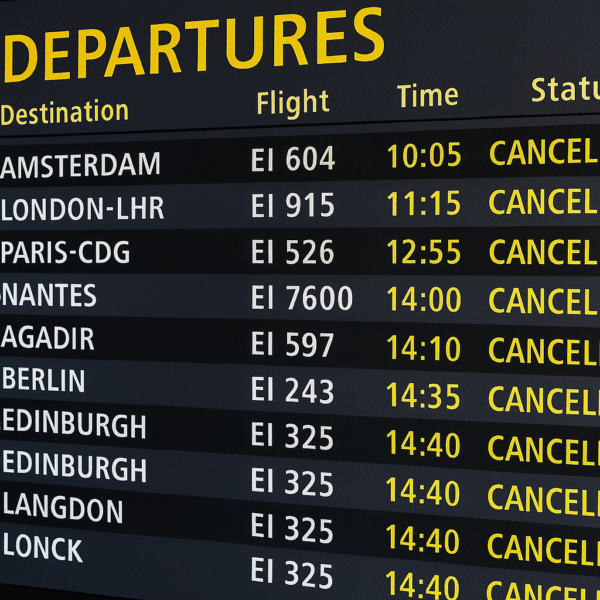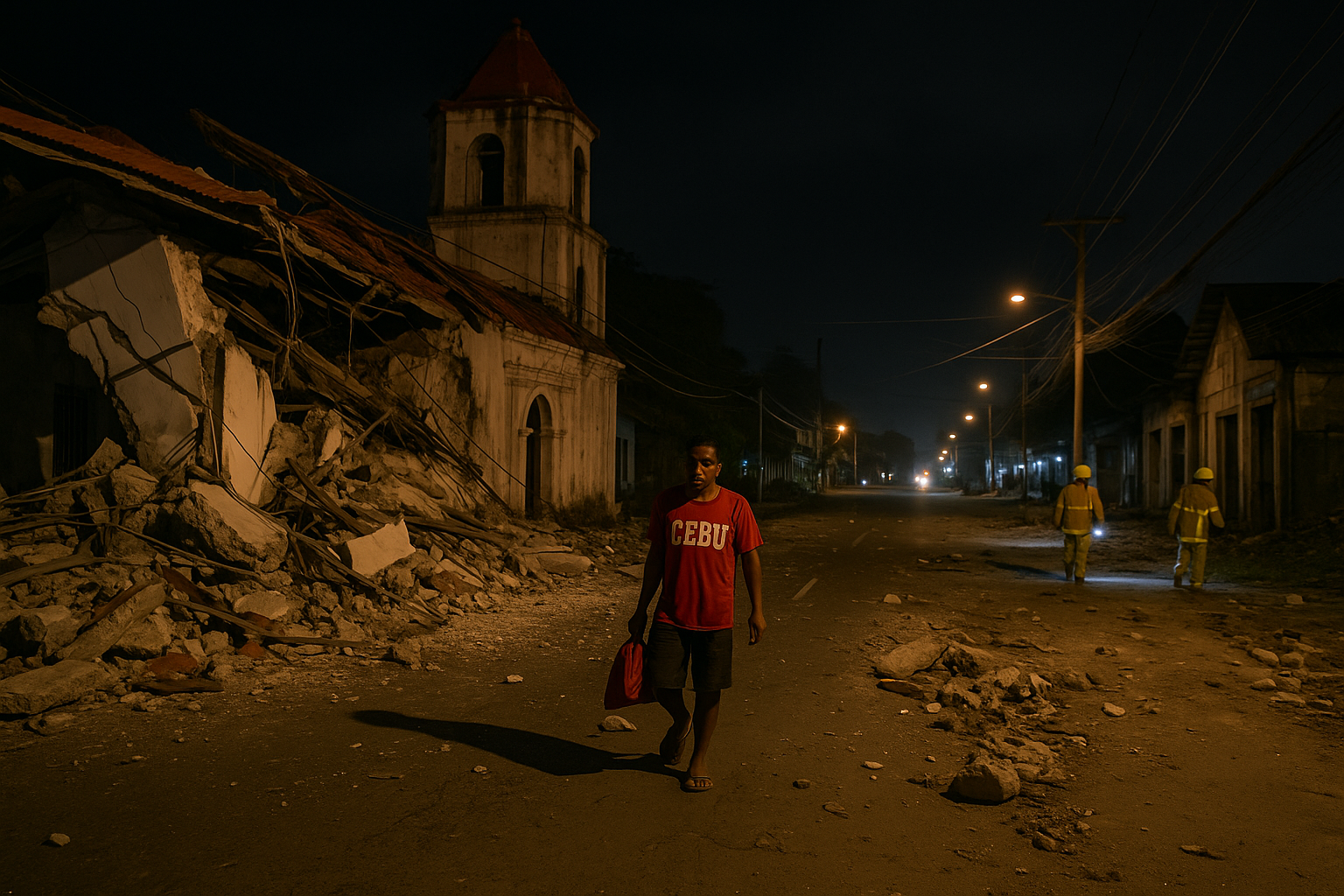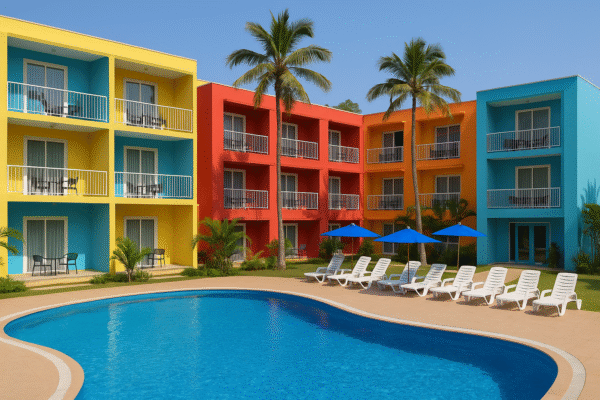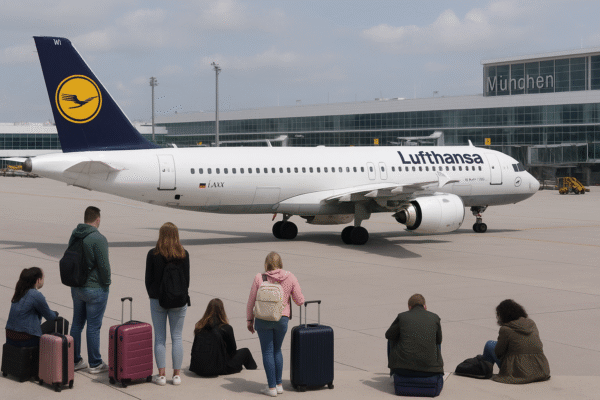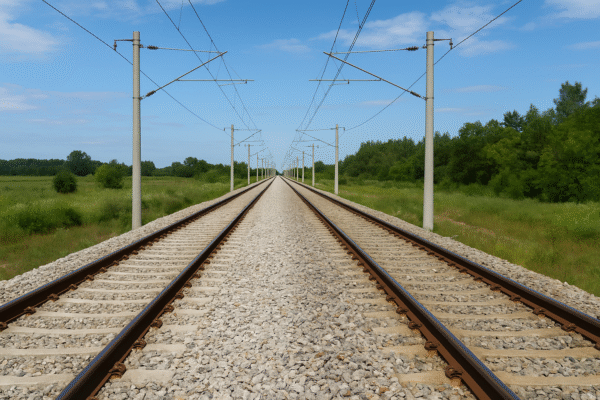Albania is embarking on one of the most ambitious modernization projects in its history: the reconstruction of the 34-kilometer railway line between the Adriatic port city of Durres and the inland town of Rrogozhine. Scheduled for completion in 2028, this line represents far more than a simple infrastructure upgrade. It is a symbolic and practical step toward reviving a railway sector that has long been neglected, while simultaneously strengthening the Balkan region’s role in European connectivity.
The Durres–Rrogozhine line is part of European Corridor VIII, a transcontinental transport route linking the Adriatic Sea with the Black Sea. This alignment places Albania firmly on the European map of integrated mobility, bringing significant benefits for trade, travel, and tourism.
Financing and European Collaboration
The reconstruction of the Durres–Rrogozhine railway is made possible through an extensive financial package, reflecting strong European backing for Albania’s modernization drive. The European Union has granted €60 million to support the project, easing the financial burden on the Albanian government while signaling Brussels’ political commitment to Albania’s development.
In addition, the European Bank for Reconstruction and Development (EBRD) and the European Investment Bank (EIB) have each pledged loans of €30 million. This combination of grants and loans underscores Europe’s strategic vision: extending modern infrastructure into the Western Balkans as a foundation for integration and economic growth.
Such multilateral support ensures not only funding but also accountability, as European financial institutions actively oversee the project’s execution. This partnership symbolizes Albania’s closer alignment with EU development standards and long-term sustainability goals.
Cross-Border Connectivity with North Macedonia
Perhaps the most transformative aspect of the Durres–Rrogozhine project lies in its regional impact. Once operational, the line will provide Albania’s first direct railway connection with North Macedonia, a long-awaited breakthrough in Balkan integration.
For decades, the absence of cross-border rail services forced both countries to depend on road transport, which is often slower, costlier, and environmentally less sustainable. With the new connection, goods and passengers will flow more efficiently across borders, reducing travel times and strengthening economic cooperation.
This corridor is expected to stimulate tourism between the two nations, as travelers will enjoy greener, more affordable transport options. On a political level, the project also supports stability and collaboration across the Western Balkans, anchoring both Albania and North Macedonia more firmly into European frameworks.
Tirana–Durres as a Precursor
The Durres–Rrogozhine line builds upon the foundation of the Tirana–Durres railway, currently under reconstruction and set to open in 2027. According to Ergys Verdho, General Director of Albanian Railways, this connection will serve as a crucial link between the capital city and Albania’s primary port, creating a stronger logistics chain for freight while offering reliable travel for commuters and tourists.
As Albania’s busiest urban corridor, Tirana–Durres is already a magnet for business and leisure. Its modernization is seen as a testing ground for the country’s capacity to implement large-scale rail projects effectively. Once completed, it will complement the Durres–Rrogozhine extension, offering travelers seamless access to the Adriatic coast and beyond.
Corridor VIII and Strategic Importance
European Corridor VIII, which spans Albania, North Macedonia, and Bulgaria, is one of the most ambitious yet underdeveloped routes in Europe. The Durres–Rrogozhine section is Albania’s key contribution to this continental project.
By aligning its infrastructure with this corridor, Albania enhances its standing as a gateway between Europe’s western and eastern markets. For businesses, this means easier access to new supply chains and greater export opportunities. For travelers, the corridor will provide new tourism pathways, connecting the Adriatic coastline with the cultural and historical attractions of the Balkans.
Economic and Environmental Gains
The modernization of Albania’s railways promises significant economic and environmental benefits. Freight transport will become more efficient, reducing costs and boosting the competitiveness of Albanian exports. Businesses in agriculture, industry, and logistics stand to benefit from faster and cheaper distribution channels.
On the environmental side, electrified and modern rail services are expected to cut carbon emissions significantly compared to road transport. This aligns with Albania’s commitment to sustainable development and the EU’s broader green transition. By reducing traffic congestion, lowering fuel imports, and cutting air pollution, the project contributes to healthier cities and cleaner landscapes.
Social and Political Impact
The revival of Albania’s railway system carries deep social significance. For years, inadequate infrastructure left many rural and small communities isolated from urban centers. Improved connections between Durres, Rrogozhine, and eventually North Macedonia will bridge these divides, offering more equitable access to markets, education, and tourism.
Politically, the Durres–Rrogozhine line demonstrates Albania’s determination to modernize and meet European standards. Domestically, it reassures citizens of tangible progress, while internationally, it strengthens Albania’s position as a serious EU candidate. The symbolic value of trains once again connecting communities across the country cannot be overstated.
Looking Ahead to 2028
When the Durres–Rrogozhine line opens in 2028, Albania’s transport landscape will have transformed dramatically. The Tirana–Durres project, expected in 2027, will already have paved the way, creating momentum for even greater progress.
For tourists, this means faster and more comfortable journeys along Albania’s coast and toward its Balkan neighbors. For businesses, it brings new opportunities to expand regionally and internationally. And for policymakers, it marks a concrete step toward embedding Albania into the European transport system.
By investing in sustainable rail infrastructure, Albania is not only modernizing its economy but also shaping itself into a more attractive destination for tourism, trade, and cultural exchange.
Conclusion
The modernization of Albania’s railway system, symbolized by the Durres–Rrogozhine project, is more than an infrastructure upgrade. It is a transformation of the nation’s identity as a connected, modern, and sustainable part of Europe. Supported by the EU, the EBRD, and the EIB, the project strengthens Albania’s ties with its neighbors while creating tangible benefits for its citizens and visitors alike.
As the countdown to 2028 begins, Albania stands at the threshold of a new era in transport, one that promises stronger Balkan connectivity, sustainable growth, and enhanced tourism opportunities.
For more travel news like this, keep reading Global Travel Wire





